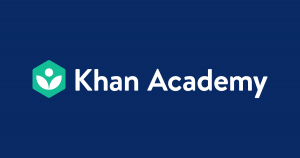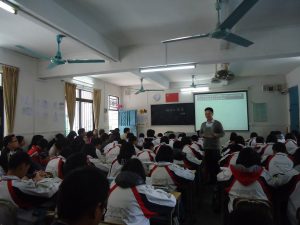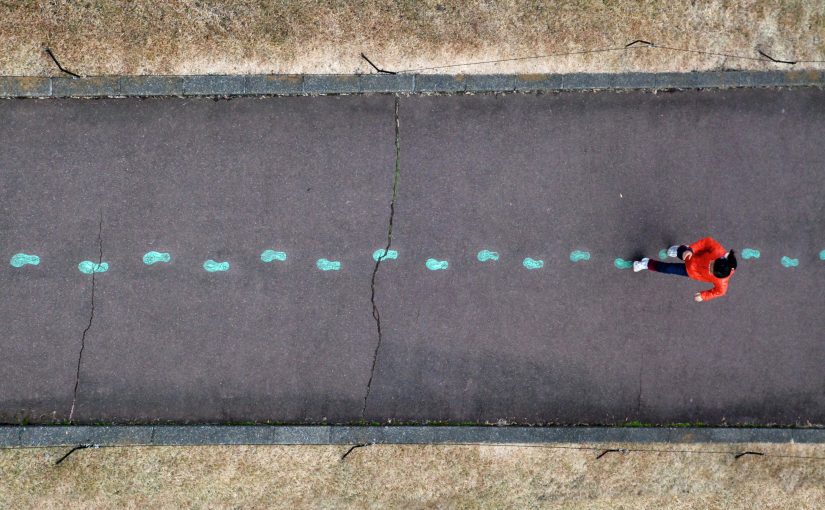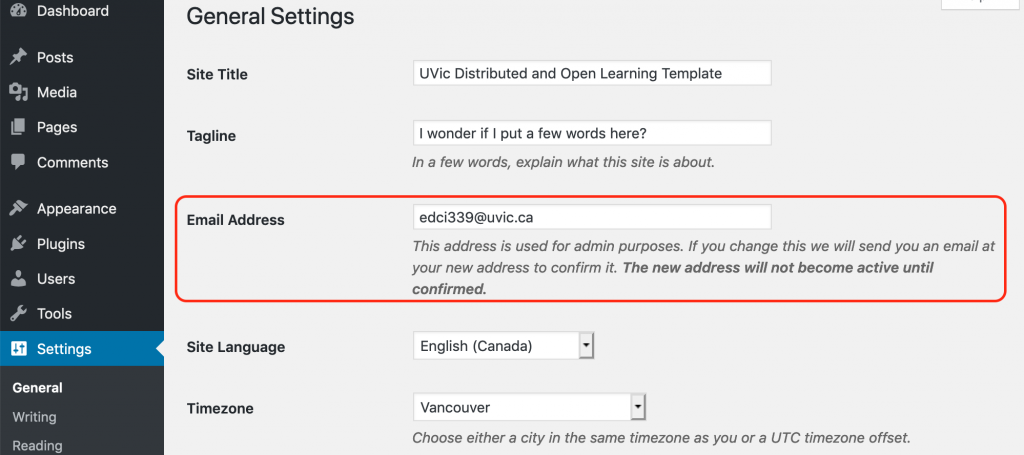Modern-day education sector is growing at a rapid rate. Students can today enjoy the ultimate benefits of choosing certain types of learning and delivery of course content, among them, including artificial intelligence. Unlike previous eras, learners are ripping the benefits that come with the use of artificial intelligence to access course lessons remotely. They get to experience a full-time campus program from wherever they are. Distributed and open learning programs have been primarily, promoted by the widespread adoption of mobile and computer technologies, which makes the online degree to be competitive among aspiring students. Today, students can enroll in competitive programs in universities of their choices. In that regard, the phenomena of the increasing application of artificial intelligence in learning and teaching in institutions of higher learning deserve a critical review. Investigating the implications of the emerging technologies on individual’s learning needs excellent attention. Exploring the advancements in the evolving learning technology in higher education is an ideal way of predicting the future of higher learning in a world where artificial intelligence is utilized in most universities. Pinpointing the merits of artificial intelligence in distributed and open learning should include factors such as automated assignment grading, text translation technology, personalized learning solutions, and the potentials of Brain-Computer Interface (BCI), among others.
The AI Advantage
Automated Assignment grading, including remote monitoring services, is an ideal way of managing learning systems. Improvements in the current teaching model, where the teacher is the primary source of knowledge, and the recipient is the student requires imaging the fundamental role of educators in the learning systems. While educators have been applying standard assignment delivery and grading systems, the advantage of automated systems cannot go unnoticed. The automated systems are considered ideal for identifying and forgoing repetitive and time-intensive tasks (King et al., 2017). They allow for dedicating time to higher-value work. That means that any student who rarely thrives in a traditional classroom setting can be categorized in a distinct learning bracket and be assisted accordingly. Thus, the content provided will be directly targeted to them and would be personalized to meet individual preferred learning styles. Further, the platform extends beyond merely identifying individual learning preferences. It also allows for breaking down long lectures and assignments into smaller, manageable sections that are easy to digest.
Artificial intelligence in distributed and open learning also comes in to salvage the problem of language barrier. Mostly, foreign education comes at a cost, which may include language difficulties. As a result, students tend to find various alternatives to learning and gaining a full comprehension of the foreign language. However, the task may turn out to be tedious, which means that adopting machine learning and text translation apps may prove an easier way out. Text translation and machine learning are forms of artificial intelligence that aim at creating deep-learning systems that lecture into an individual’s native language (Aggarwal, 2018). These technologies may also include voice recognition and text summarization techniques, which are uniquely designed to transcribe an entire lecture with maximum accuracy while reducing the text into only relevant points. These technologies make it much easier for any foreign learner to move at a similar pace with native learners. Even more, techniques, the kind of machine learning algorithms can be employed in a course curriculum to identify areas of language bias, learning ambiguity, and complexity for closer review by instructors. That way, the specific areas that limit students from gaining optimally from the instructions can be kept to minimal levels.
Personalized learning solutions have also been brought closer than before. The use of artificial intelligence in the classroom environment seems to be a significant milestone as far as changing complexities of education is concerned. Artificial intelligence is not only an integral part of the modern-day classroom but an ideal way of delivering personalized learning. Different solutions come to help learners with individual cases fit into the broader class. For instance, technology advanced exoskeletons and prosthetics are being produced by the Biomechatronic group to help people living with disabilities as well as individuals without special needs (Popenici & Kerr, 2017). The above team created an interface that utilizes biology to bridge the gap between humans and machines – where physical abilities do not decrease with age (De Lange, 2015). Currently, students with special abilities are benefiting from complex computing systems that utilize machine algorithms to engage in complex processing tasks and human-like processes in learning. Technologies such as the one mentioned above are being employed to salvage the situation of different learners. Educators are inspired to apply different techniques to create a more engaging classroom. Consequently, the human-machine interface offers an immediate potential to change the process of accessing, learning, memorizing, and creating information by students. The particular type of interface is ideal for enhancing human memory, including cognition abilities. Such technologies produce a notable cultural shift that impacts the everyday life of learners.
Higher educators are also makings steps to improving open teaching and learning through brain-computer interfaces. Artificial intelligence, combined with brain-computer interfaces are creating new possibilities of replacing teachers with virtual teacher-bots (Popenici & Kerr, 2017). Teacherbots prove to be an ideal way of cutting down educational costs indirectly, thereby providing affordable learning solutions to the massive group of learners. Brain-computer interface devices can identify when a learner is fully concentrating on the lesson materials and classroom activities (Popenici & Kerr, 2017). For example, computers the kind of IBM’s Watson are designed to ensure automated teachers’ presence throughout the course duration. They allow teacher-robots to instruct and command learners through robust applications. In teaching and learning, this presents an ideal technological revolution that has the potential to change a higher education structure dramatically.
Moreover, massive online course is also gaining enormous recognition. The online courses allow for remote learning and have proven capable of increasing the number of students as well as class sizes while reducing the cost of education and broader financial pressure on universities. Notably, some universities have designed teacher-robots that are used in the place of actual teachers (Popenici & Kerr, 2017). The fact that open online courses come with minimal to no entry fee requirement imply that a good number of online students can enroll for various classes and participate, regardless of where they are provided they have internet access. These factors enable universities to reach out to students globally, which promoted massive enrollment numbers. Online learning proves an excellent opportunity for institutions of higher education to reach their educational goals. Learning through teacher-robots is an ideal strategy that would reinforce the delivery of online courses, offering feedback, and learning supervision. AI solutions are rapidly being utilized to monitor educational choices, learning preferences and individual movements, including gauging learners; strengths and weaknesses while appropriate providing feedback, encouragement, and predictive text in managing learning (Popenici & Kerr, 2017). Teacher-robots are being perceived as complex algorithmic interface with the capacity to incorporate AI in personalized learning. These are machine-based innovations that assume roles performed previously by teachers in identifying, organizing, and presenting information as well as providing answers to a range of questions.
Overall, the increasing use of AI in higher learning makes it nearly impossible to forego the paradox about the future of teaching and learning. Higher education is increasingly taking up technological innovations to improve the teaching role and related learning pedagogies. Currently, the use of technical solutions, the learning management systems to detect individual learner’s areas of weakness, raises the question of the overall learning agenda. These issues call for urgent attention regarding evaluating the unforeseen risks when planning for a sustainable education. Moreover, several processes that currently form the focal point higher education teaching have been replaced by AI technology, some based on comprehensive algorithms. The above innovations suggest that it is time for institutions of higher learning to re-evaluate their function and teaching models, including the future of AI solutions. These strategies should present additional educational openings for all while at the same time promoting long-term learning using strengthened models. Additionally, it would be crucial for future research to focus on the emerging roles that teachers have on modern learning systems for higher learning students. While the climb is slow, teachers, students, and administrators will no doubt enjoy the benefits of AI is it evolves over the next century. Regardless, the question of whether innovations will disrupt the technology is still a controversial issue.
References
Aggarwal, C. C. (2018). Machine learning for text (pp. 3121-3124). Cham: Springer International Publishing.
De Lange, C. (2015). Welcome to the bionic dawn. New Scientist,227(3032), 24–25.
Popenici, S. A., & Kerr, S. (2017). Exploring the impact of artificial intelligence on teaching and learning in higher education. Research and Practice in Technology Enhanced Learning, 12(1), 22.






